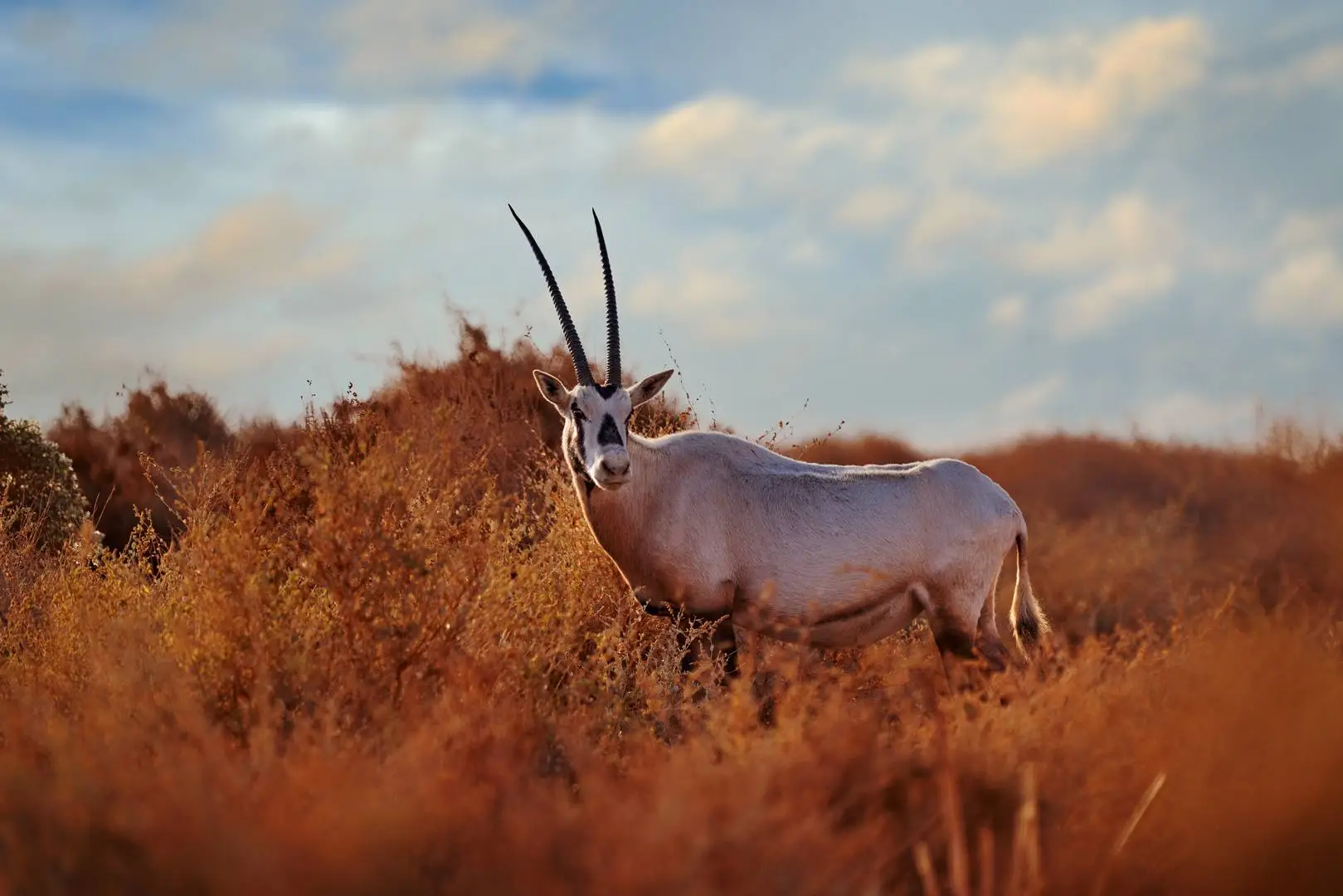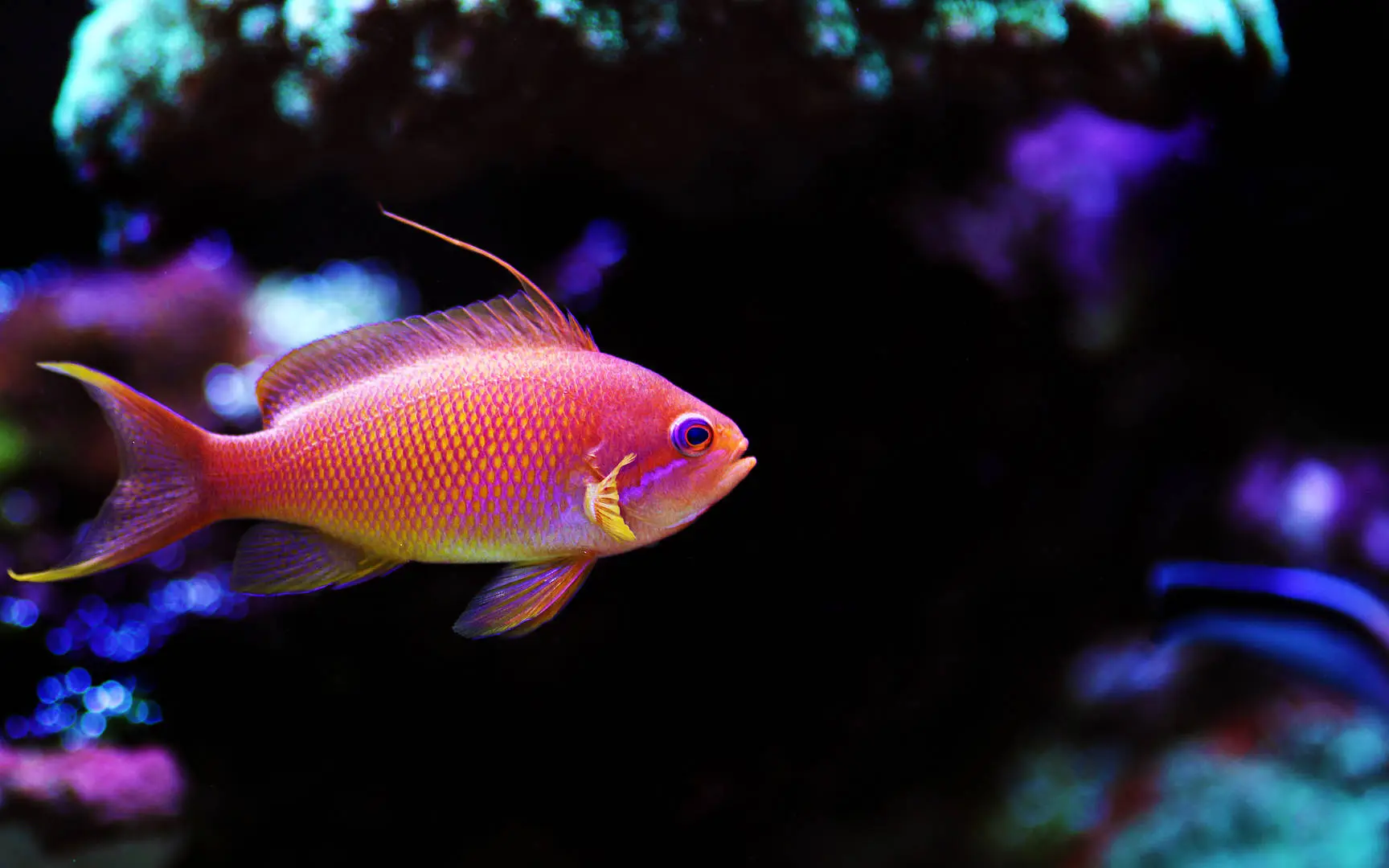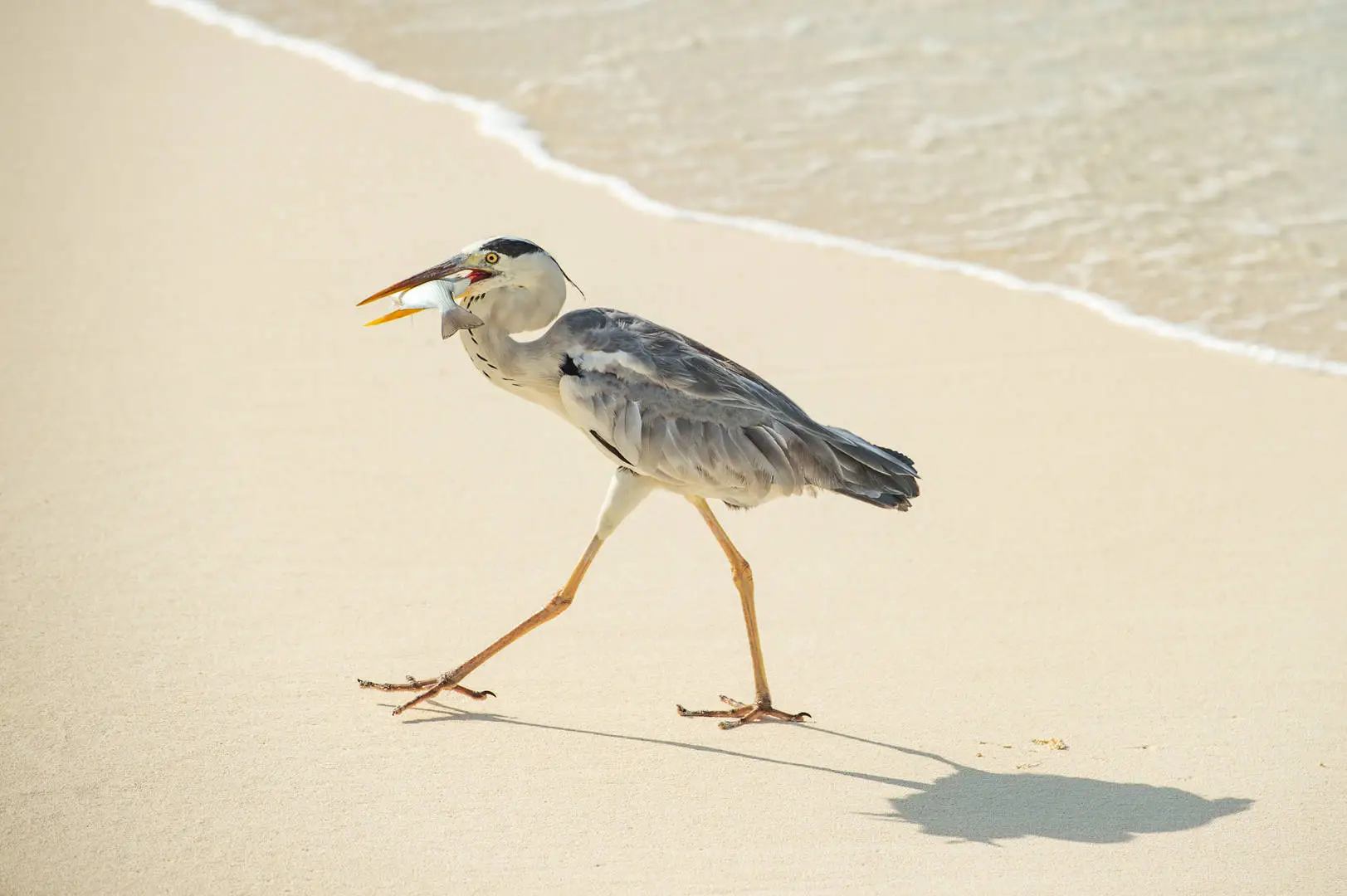Abu Dhabi
Dip beneath Abu Dhabi’s waves and you’ll discover marine life as lively as the city.
You might already know you can learn about hawksbills turtles or see humpback dolphins near Jumeirah at Saadiyat Island Resort in the United Arab Emirates’ capital, but did you know you could spot dugongs, too?
A placid nature, chubby appearance and perpetual smile mean it’s hard not to love a dugong, a gentle giant that’s the saltwater cousin of a manatee. The introverted mammals are vegetarian, at their happiest when grazing on seagrass. The UAE is home to 5,000 of them – the world’s second largest population, after Australia – although their shyness makes them hard to find. Increase your chances by snorkelling around Saadiyat Island or scuba diving around Sir Bani Yas Island.
You can also take to the sea in a kayak, or paddle around mangroves to see herons and get up close to 4,000 flamingos from autumn to spring. Scull under the moon for the chance to spot foxes.
Abu Dhabi’s Rub al Khali, or Empty Quarter, is far from empty. As well as camels, on a desert tour you may see falcons, Arabian sand gazelles and Arabian oryx.

Bali
Bounded by Java and Lombok, the Indonesian island of Bali is lush with rice paddies, coconut palms and mangroves – the perfect habitat for wildlife.
Long tailed macaques are in their element, particularly around the Uluwatu’s Hindu temple near Jumeirah Bali and Sacred Ubud Monkey Forest in the middle of the isle.
With tails longer than their bodies, the monkeys can often be spotted leaping between trees as they forage for mangos and soursop, peeling spiky rambutan as easily as tangerines.
Like their cheeky neighbours, scaly pangolins are inquisitive and intelligent, although their nocturnal habits, critically endangered status and solitary nature means they’re hard to find – especially as they roll their bodies into balls when afraid. If you’re lucky, you may see them while volunteering at Bali Wildlife Rescue Centre or on a wildlife tour.
Look out too for the nocturnal Javan porcupine. Endemic to Indonesia, the spiny rodent lives in forest and shrubland and can be found around Buyan Lake in the north of the isle.

Capri
Set off the coast of Naples in the Tyrrhenian Sea, the Italian island of Capri is formed of limestone and scattered with Mediterranean shrubs such as the ilex wood that attract birds and reptiles.
While geckos are common, you’ll be lucky if you spot the rare blue lizard, as it likes to hide in sea stacks off the coast. Its skin is a vibrant cobalt blue to appear less appetising to predators.
Scuba dive around Capri Palace Jumeirah and you may catch sight of schools of pink and orange anthias darting among coral as colourful as a kaleidoscope. Look out too for common cuttlefish, which locals fish for on summer evenings, and flying cuttlefish, which leap out of the water to escape predators.
Back on land, hawks circle at dusk, while migratory birds such as the sunshine yellow oriole visit in spring. Capri is also home to a handful of peregrine falcons, which nest in cliffs before swooping down on prey.

Mallorca
Valleys, olive groves and the Sierra de Tramuntana mountain range stretch across Mallorca, a Balearic island in the Mediterranean Sea.
On a nature tour you may spot the protected Mallorcan black pig or the cat-like genet. The solitary, nocturnal mammal has distinctive black and white markings and likes to hunt on reptiles, rabbits and birds.
Birds thrive on the island, particularly in the north around Jumeirah Port Soller Hotel & Spa. With 300 species – including migratory ones – Mallorca is known for bird watching.
Keen twitchers may spot the endemic Balearic warbler and Balearic shearwater, while in spring hundreds of Eleonora's falcons, purple herons and firecrest – with their bright yellow mohicans – stop to rest. Black and griffon vultures breed on the isle, while ospreys soar above the coastline.
The coastal waters also thrive with life. A protected marine area off the north of the island acts as an underwater zebra crossing for migratory whales, dolphins and turtles. Take a boat cruise and you may glimpse bottlenose and white-striped dolphins, blue whales or rare Mediterranean monk seals.

The Maldives
Isolated in the middle of the Indian Ocean, this necklace of islands is a Mecca for sealife.
The warm waters around Jumeirah Maldives Olhahali Island attract 14 shark species including hammerhead, reef and whale, alongside blue and sperm whales, spinner and bottlenose dolphins and five of the world’s seven species of sea turtles: hawksbill, green, olive Ridley and the rarer loggerhead and leatherback. On a snorkel or scuba diving adventure, you may also see smaller species such as manta rays, butterfly fish and moray eels, which like to hide in crevices in underwater caves.
Back on land, at dusk look out for reptiles such as skinks, geckos and Indian flying fox, a species of fruit bat. During the day you may glimpse some of the Maldives’ 100 bird species such as its national bird, the white-breasted waterhen. Seabirds such as the frigate and white tern are most common, while grey heron, plovers, sandpipers and doves hang around wetlands.
The wetlands are also home to the occasional seawater crocodile, which are non indigenous. It’s thought that they may surf over from India during monsoons – giving you the chance to experience wildlife beyond your wildest dreams.

To seek out wildlife, sealife and birdlife, ask one of our concierges at Jumeirah to connect you with a local nature guide.




